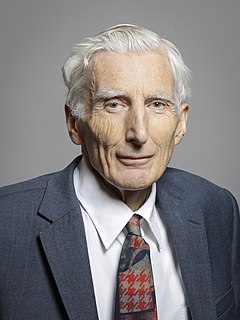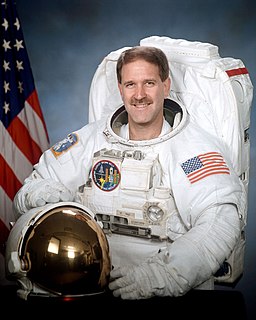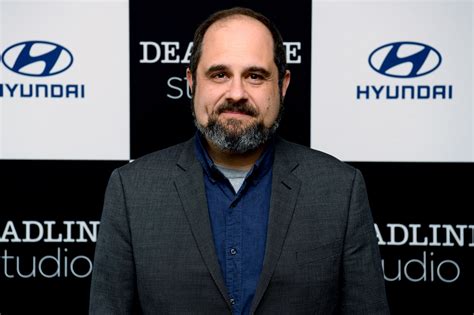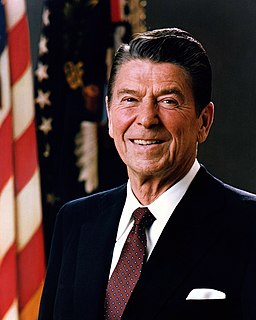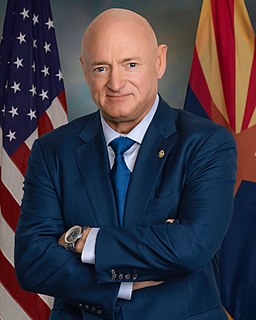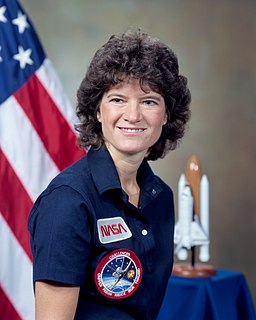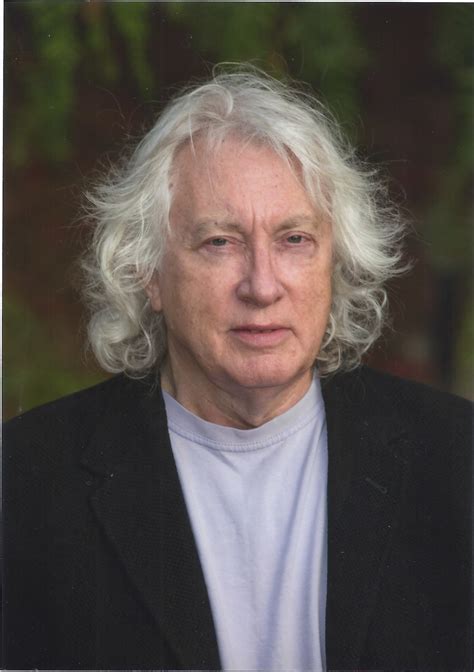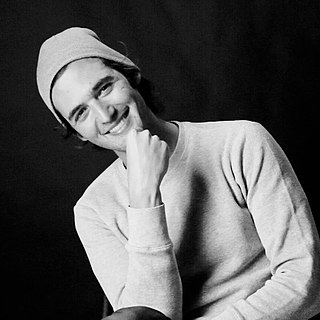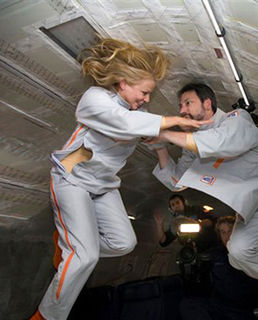A Quote by Martin Rees
Ironically, it is only when disaster strikes that the shuttle makes the headlines. Its routine flights attracted less media interest than unmanned probes to the planets or the images from the Hubble Telescope. The fate of Columbia (like that of Challenger in 1986) reminded us that space is still a hazardous environment.
Related Quotes
Chernobyl happened in April of 1986. A few months earlier, in January 1986, the Challenger space shuttle exploded. It did not have the impact on the environment and the amount of lives that Chernobyl did, but it was the result of the same exact problem: a failure of a lot of people and institutions over a long period of time.
In 1986, the space shuttle Challenger exploded and crashed down to Earth less than two minutes after takeoff. The cause of that crash, it turned out, was an inexpensive rubber O-ring in the booster rocket that had frozen on the launchpad the night before and failed catastrophically moments after takeoff.
Our nation is indeed fortunate that we can still draw on an immense reservoir of courage, character, and fortitude, that we are still blessed with heroes like those of the Space Shuttle Challenger. Man will continue his conquest of space. To reach out for new goals and ever-greater achievements, that is the way we shall commemorate our seven Challenger heroes.
Two subsequent incidents of import established CNN: the explosion of the space shuttle Challenger in 1986, which CNN was the only network to cover as it happened, and the 1991 Gulf War, which CNN chronicled round the clock from a proximity as irresistible as it was alarming, bomb blasts and gunfire lighting up TV screens from coast to coast.
We have all kinds of limitations as human beings. I mean we can't see the whole electromagnetic spectrum, we can't see the very small, we can't see the very far. So we compensate for these short comings with technological scaffoldings. The microscope allows us to extend our vision into the microsphere. The telescope allows us to extend our vision into the macrosphere, the Hubble Space Telescope extends our optic nerve into space, and it allows us to mainline space and time through our optic nerve.
